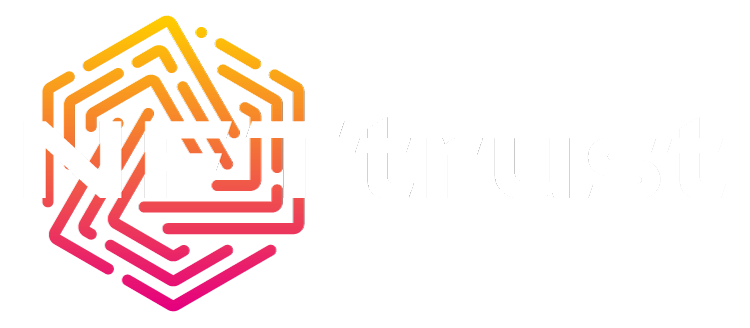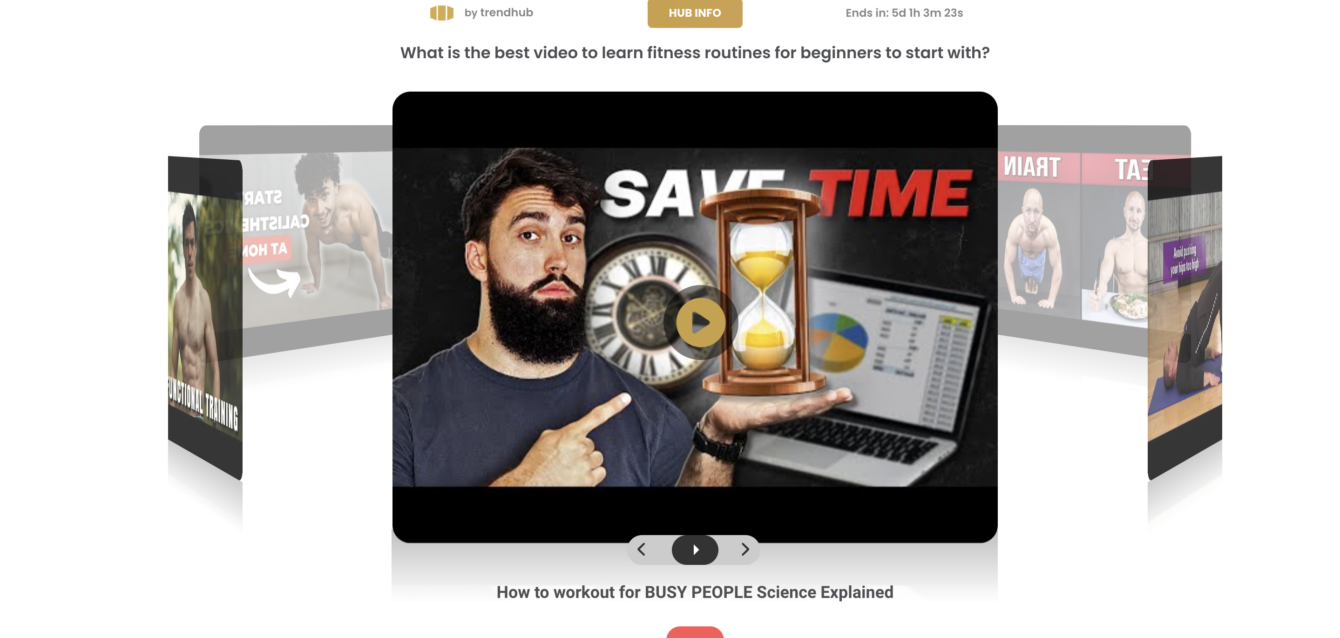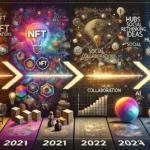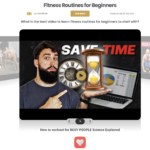Introduction
In today’s digital era, traditional text-based learning has evolved into multimedia learning, offering a more dynamic and engaging educational approach. As technology advances, the way we absorb and retain information transforms, making multimedia learning an essential tool for educators and learners alike. Instead of passively reading or listening, multimedia learning integrates visuals, audio, and interactivity, making students active participants in their educational journey.
This article explores the science behind multimedia learning, highlights its significant benefits, and introduces innovative platforms like trendhub, redefining how students and educators interact with educational content.
What is Multimedia Learning
The primary rationale behind the effectiveness of multimedia education is that we learn more quickly and efficiently when text is combined with images. Instinctively, when we choose to expand our knowledge in a field or start a hobby, we often look for a YouTube video or an online course first. Similarly, when we read an article, we can maintain our attention with the help of interspersed images or audiovisual material (videos). The aversion of many of us to reading long articles or volumes, as well as long speeches or lectures, is not simply due to our unwillingness or inability to maintain our attention for long periods but to the way our brain works.
Mayer’s Cognitive Theory of Multimedia Learning is one of the foundational frameworks for understanding how multimedia can enhance learning. Developed by psychologist Dr. Richard E. Mayer, this theory posits that people learn more effectively when information is presented through both visual and auditory channels rather than through a single mode like text or speech alone.
Mayer grounds the theory in three core principles, which have significant implications for educators and students regarding how they design and engage with educational materials.
1. People can process information through two channels: visual and auditory. These channels process these two distinct types of information simultaneously, enriching the learning experience (e.g. when watching a video, our brain processes the audio information – narration and the visual information – image).
2. Each channel, visual and auditory, has a limited capacity. Therefore, it is crucial to maintain a balance between the two types of information to avoid overload. In this context, overload refers to the situation where the learner is presented with too much information, making it difficult to process effectively.
3. Learning is an active process. It empowers learners to select, organize, and integrate information, relating it to their existing knowledge. This active role of the learner is a vital aspect of the theory and has significant implications for how educators should design their materials.
Thus, we can easily understand why we learn and retain information more easily when watching a documentary on World War II, rather than confining ourselves to our school history textbooks, or why we can gain a deeper understanding of the influential Baroque movement by listening to Bach’s two violin concerto while reading our favorite art history encyclopedia.
The Benefits of Multimedia Learning in Education
Improved engagement
The variety of content in multimedia learning helps break the monotony of traditional learning methods, transforming the transmission of knowledge from a passive to an active process, which significantly improves the ability to maintain the learner’s ability to concentrate and be motivated. Moreover, interactive multimedia elements often provide instant feedback, such as in quizzes or simulations, helping learners stay engaged as they see their progress and improve in real-time. This feedback loop helps maintain attention by continuously involving learners in active problem-solving.
Better Knowledge Retention
Information can be stored in short-term or long-term memory. Short-term memory holds information briefly (usually seconds or minutes). It is used for non-essential or temporary information, such as a phone number you’ll forget after dialing, the weather forecast for the weekend, or an appointment you have tomorrow. This information often isn’t retained unless you consciously try to remember or repeatedly engage with it.
On the other hand, when you want to learn a skill or acquire knowledge—such as learning historical events, a foreign language, or how to play a musical instrument—you aim to store the information in long-term memory. Long-term memory is essential for retaining knowledge over extended periods, allowing you to recall and build on what you’ve learned.
Active engagement with the material is critical to move information from short-term to long-term memory. Simply repeating information may help in the short term, but more meaningful engagement is needed to ensure it’s stored long-term.
Multimedia learning plays an important role in this process. Engaging multiple senses—through visuals, sounds, and interactive activities—creates an experiential learning experience, which makes information more meaningful and more accessible to remember. This multisensory approach strengthens connections in the brain, facilitating the transfer of knowledge into long-term memory.
For example, if you try to memorize vocabulary by repeatedly reading words from a dictionary, you might forget them within a few days. However, if you use flashcards with pictures or watch a movie in the language you’re trying to learn, the combination of visuals and context helps reinforce the words, making them more memorable and likely to be retained in your long-term memory.
Accommodating Different Learning Styles
There are four types of learners:
Visual Learners
Visual learners best understand information when it’s presented through images, diagrams, charts, and other visual aids. They rely on seeing the material to comprehend it.
Auditory Learners
Auditory learners learn best by hearing information. They prefer listening to lectures, discussions, podcasts, and other audio-based materials.
Kinesthetic Learners
Kinesthetic learners prefer hands-on activities and learn best by doing or through physical movement. They must interact with and practice the material to fully understand concepts.
Read/Write Learners
Read/write learners prefer absorbing information through reading and writing. They thrive on text-based materials, such as books, articles, and taking notes.
According to research based on the VARK model, visual learners comprise approximately 40-65% of the population, while auditory learners account for around 20-30%. Kinesthetic learners represent 10-45%, depending on the context. Notably, read/write learners—who prefer learning through written words—are the minority, constituting only about 10-15% of learners.
This shows that multimedia learning is highly beneficial, as it caters to a variety of learning styles. Traditional teaching methods that rely solely on written or spoken words may work well for read/write learners. Still, they often fail to engage the majority, including visual, auditory, and kinesthetic learners. By incorporating diverse formats, multimedia learning ensures a more inclusive and effective educational experience for all.
Multimedia in the Classroom
Interactive Whiteboards
Interactive whiteboards allow educators to combine text, visuals, and live interaction in a dynamic classroom setting. These boards support various media types and engage students in real time.
- Tool: SMART Board – A leading interactive whiteboard platform that integrates with a range of multimedia content for collaborative classroom activities.
Educational Videos & Podcasts
Videos and podcasts help students understand concepts through visual demonstrations or in-depth discussions. These formats are handy for subjects like science, history, and language learning.
- Platform: YouTube Education – A free resource offering various educational content.
- Platform: TED-Ed – Offers animated lessons on a variety of subjects, combining storytelling with education.
- Tool: Audacity – A free audio editing tool for creating educational podcasts or enhancing classroom content with custom sound.
Gamification & Simulations
Gamified learning engages students by turning lessons into interactive games, while simulations allow them to explore real-world scenarios in a virtual environment.
- Platform: Kahoot! – A game-based learning platform where educators can create quizzes and activities to make lessons fun and interactive.
- Platform: Quizizz – Another game-based platform that allows students to answer questions in real time during classroom activities.
- Tool: PhET Interactive Simulations – Provides free interactive math and science simulations for K-12 and higher education.
Virtual Learning Environments (VLE)
Virtual learning environments are platforms that allow educators to deliver a fully online or blended learning experience, combining text, video, quizzes, and interactive elements.
- Platform: Moodle – An open-source learning management system (LMS) that enables teachers to build fully customized courses with multimedia features.
- Platform: Google Classroom – Google’s educational platform that integrates with other Google tools like Docs, Slides, and YouTube for a multimedia approach.
- Platform: Edmodo – A collaborative platform that integrates multimedia content and allows teachers to engage with students through quizzes, assignments, and discussions.
trendhub: An All-In-One Approach
trendhub is an innovative multimedia platform tailored for educational environments. Its core objective addresses a pressing need: How can students and educators organize and present their materials in a centralized, interactive, and engaging way?
To answer this, trendhub introduces the 3D Carousel—a dynamic and immersive environment where users can display 2-9 multimedia items on a chosen topic. The possibilities are vast, including images, audio, text, collaborative documents (like Google Drive or Miro Boards), HTML, and websites.
What sets trendhub apart is the seamless experience it offers. No more sifting through documents or relying on outdated presentation tools like PowerPoint or Google Slides, which can’t handle diverse file types. With trendhub, everything you need is integrated within the platform, removing the hassle of external links or redirects. All your media is accessible in one place, fostering a streamlined experience.
Moreover, trendhub enhances collaboration. Students can engage directly with the content, offering comments and asking questions on any multimedia item, sparking interactive discussions. This feature encourages a deeper connection with the material and allows for more comprehensive learning.
To further drive engagement, trendhub incorporates gamification elements such as badges, leaderboards, and achievements. These features reward learners for their participation and progress, creating a sense of accomplishment and healthy competition among peers. The use of gamification transforms learning into a fun, motivating process, helping students stay engaged and excited to learn.
Another benefit is the flexibility in how you share your materials. You can offer your content for free or monetize your efforts. trendhub supports various pricing and subscription models, enabling educators to tailor their offerings to their community’s needs.
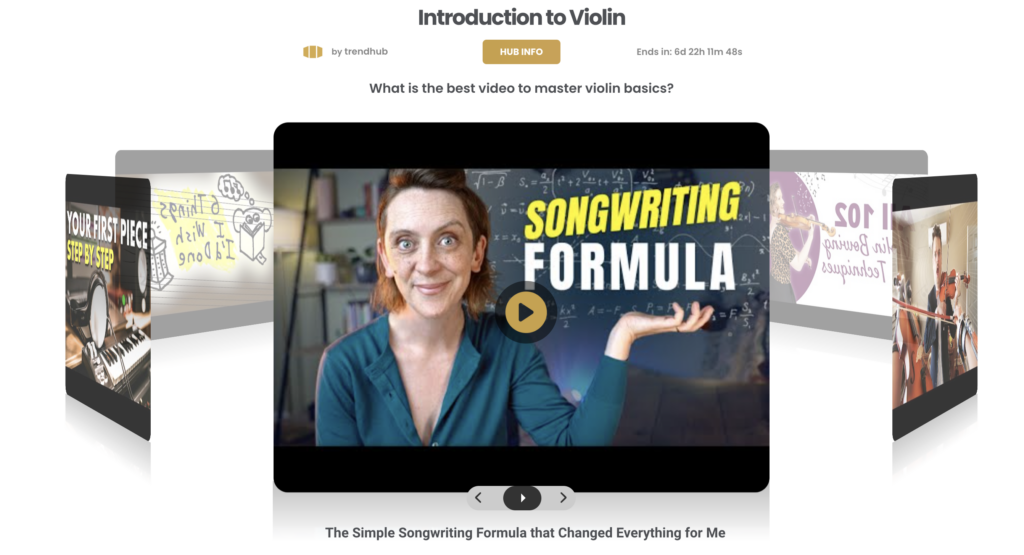
Conclusion
Multimedia learning has surpassed traditional text-based methods, offering undeniable advantages. By transforming the learner from a passive observer into an active participant, multimedia learning encourages more profound engagement with the material, making the process enjoyable rather than burdensome. Its versatility also means it supports various learning styles, which aids in long-term knowledge retention.
trendhub is a platform designed with the learner in mind. It offers a 3D interactive environment where users can explore multimedia content, fostering interaction and collaboration. Additionally, it provides opportunities for tutors to monetize their efforts, making it a valuable tool for educators and learners alike.
Need we say more? Join trendhub now and unlock all the incredible benefits it offers you and your students. Or even better, schedule a call with us to explore how trendhub can transform your educational experience and help you monetize your tutoring expertise!

Aikaterini Papoulia is the PR Manager at ACYC, with expertise in Journalism & Mass Communications. She has worked as an Online Media Journalist and an On- and Off-page SEO specialist. In her free time, she enjoys exploring nature with her dog, reading both fiction and nonfiction, and practicing the art of knitting.




